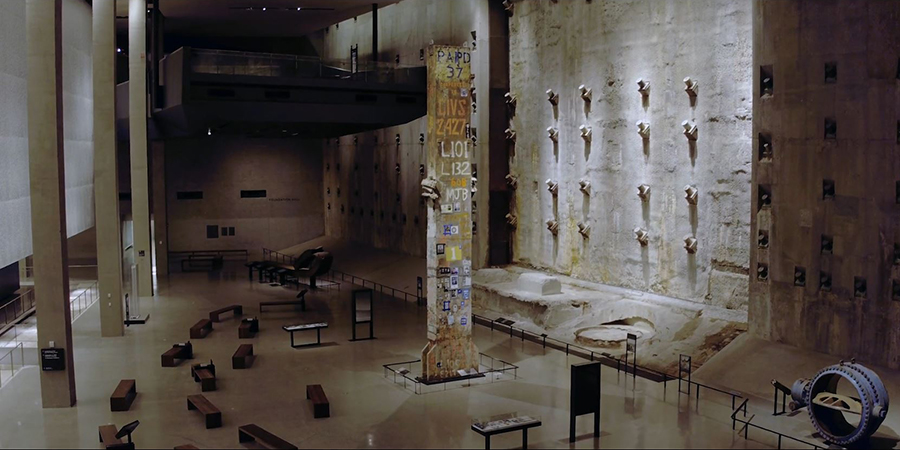Artist’s Digital Exhibition Traces Life of 9/11 Artifact
Artist’s Digital Exhibition Traces Life of 9/11 Artifact

Weeks after the dust of the fallen World Trade Center had settled, a delivery bicycle locked to a traffic sign across the street from the destroyed towers came to symbolize stories of unknown loss. As time passed and the bicycle remained unclaimed, passersby grew concerned about the fate of its owner and memorialized it by attaching flowers, notes and tributes to the wire delivery basket of the Canyon River 18 model bike.
Locked in a moment in time, this bike became a marker of the pre-9/11 world, and its orphaned presence a reminder of the world after. For many, the ordinary object embodied the stories of the New Yorkers who may not have been identified as having been killed in the attacks or formally memorialized after.
“As told to me it belonged to a delivery messenger, on a breakfast sandwiches order and never made it back from the Towers. There was a suggestion that (he) was an immigrant worker and not noted among the official victims of the attacks,” said Michael Raisch, a Rutgers University art student who stumbled upon the bike memorial and returned several times to document it through sketches and photographs.
9/11 Memorial Museum chief curator Jan Ramirez was among a team of museum professionals who identified the object as historically significant on an October 2001 visit to lower Manhattan.
“The power of this object is that we do not know its story,” Ramirez said. “Its nature provides a blank slate of suggestion and forces us to think about the complexity and diversity of the people who were killed. It is a stand-in for the stories of that day that we do not know.”
The bike was removed from lower Manhattan a few months after the attacks and came into the care of the New York Historical Society. It was later donated to the 9/11 Memorial Museum where it is on view in the historical exhibition.
Fifteen years later, Raisch donated his photos to the 9/11 Memorial Museum.
“Looking back 15 years, I felt the bike represented a tone in the city, united through memorializing the unknown victim symbolized in their unclaimed bike. It also created a moment for people to gather and talk. All of my interactions that day were defined by this collective and united mood of New Yorkers,” Raisch said.
Raisch later created “New York, A City United,” a digital exhibition devoted to the significance of the bike and his memories of the immediate aftermath of the attacks.
By 9/11 Memorial Staff
Previous Post
Drone Video Shows Inspiring Views of 9/11 Museum

From a drone's camera, sweeping views of the 9/11 Memorial Museum spaces can be seen in a powerful and remarkable way. Watch video from the drone that provides a unique perspective of the historic 110,000-square-foot space.
Next Post
A Promise Kept on 9/11

From the time he was a young boy growing up in Ponce, Puerto Rico, Carlos R. Lillo enjoyed caring for others.